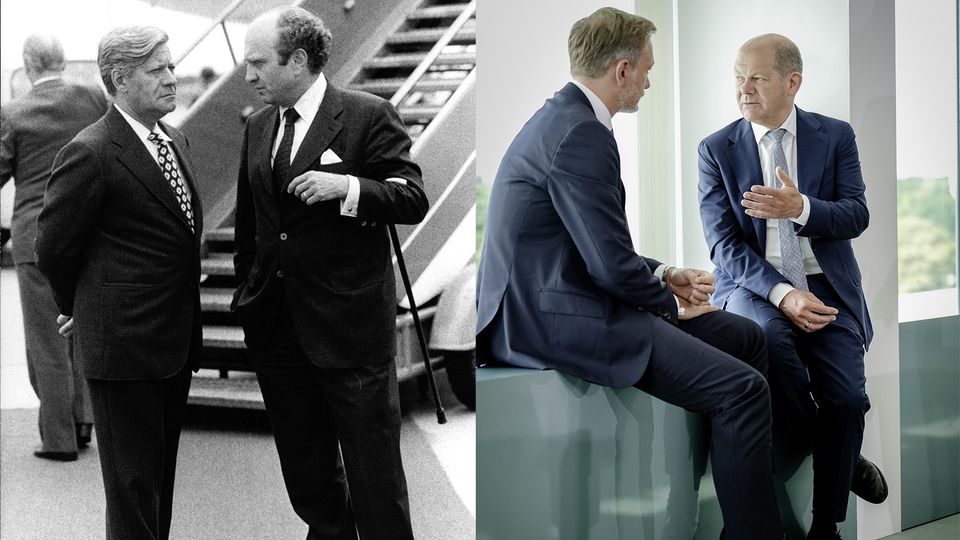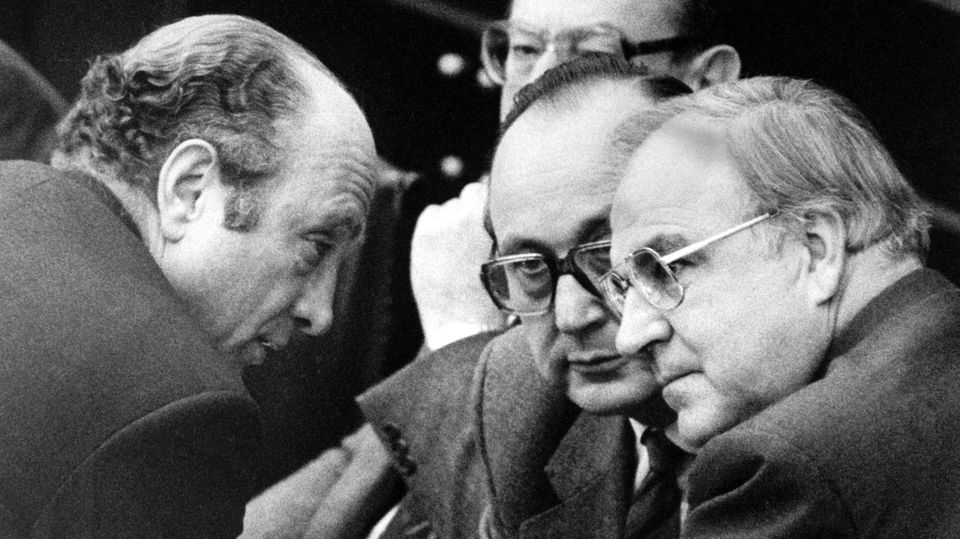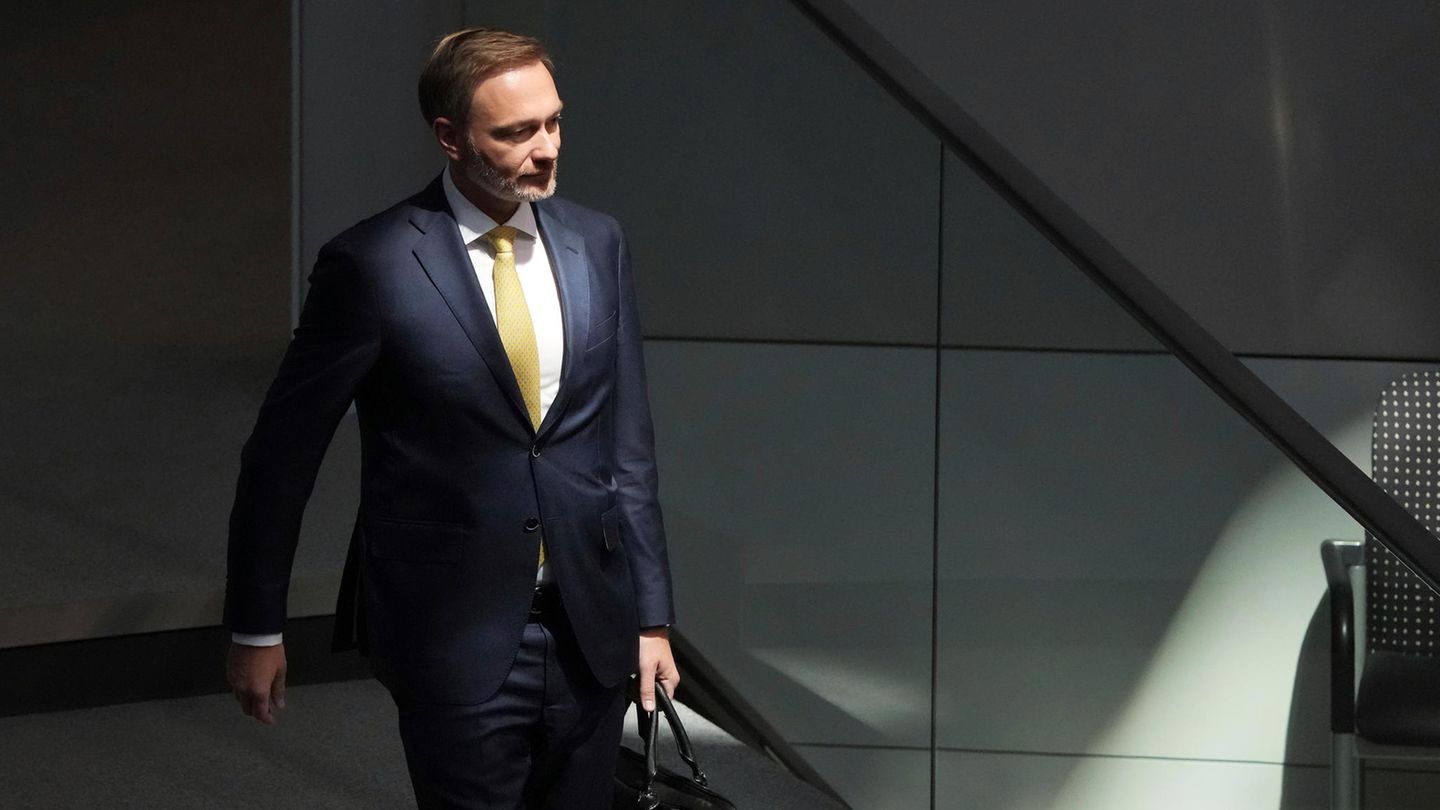Opinion
18 pages of explosives – this Lindner paper is a reckoning
Copy the current link
Christian Lindner calls for a reversal in economic policy. If he makes his ideas a condition for the continuation of the government, that government will no longer exist.
A paper is circulating in Berlin. A kind of basic economic policy program from the Federal Minister of Finance, 18 pages of political explosives. And of course Christian Lindner really wants people to think of Otto Graf Lambsdorff. “Concept for a policy to overcome weak growth and combat unemployment” was the name of the paper with which the former economics minister initiated the break of the red-yellow coalition when Lindner was three years old. “Concept for growth and generational justice” is the name of the paper that the FDP leader is now presenting at the age of 47. Otto Graf Lindner.
The differences between 1982 and 2024 are marginal: Lindner is finance minister, Lambsdorff was economics minister. The liberal “Marktgraf”, Lambsdorff’s nickname, was asked by Chancellor Helmut Schmidt to list his ideas, and Lindner apparently delivered his program to Olaf Scholz without being asked. 42 years after the famous divorce paper of the SPD-FDP coalition, there is now another letter on the desk of the Chancellor and other coalition members that will definitely cause a lot of trouble and could put the end to the already exhausted traffic light.
Lindner’s Lambsdorff paper: The parallels are striking
The Finance Minister does not specify whether these are suggestions or demands, impulses or conditions. The paper is not written in the “must” style, but rather with a lot of “should” wording. But it is completely clear: If Lindner ties the continued existence of the government to these proposals, this government will no longer exist.

The parallels to the 1982 paper are striking in structure and content. Strict budget management, reductions in bureaucracy, investments, social cuts – that’s what it was like at Lambsdorff, that’s how it is now at Lindner. Then as now, the two liberals went a long way in considering the economic situation; what both papers have in common is that they turn away from an economic policy that they had supported with grumbling until then. And there is something else that both papers have in common: In reality, the economy is secondary, politics comes first.
Lindner’s paper is not just about individual measures that the finance minister is putting up for debate. It’s about a reckoning. He fundamentally condemns some of the political approaches of Olaf Scholz and Robert Habeck. He wants to end the Chancellor’s previous industrial support as well as the economics minister’s climate policy. He wants to save and at the same time tax cuts that are supposed to plug the budget hole they are creating. He contrasts the alleged state dirigisme of Scholz and Habeck with his sole claim to uphold the principles of the social market economy. Lindner presents himself as Market Count Christian II, only without a noble title.

With his concept, Lindner deliberately ignores red lines
Lindner deliberately crosses red lines. The criticism of Labor Minister Hubertus Heil’s collective bargaining compliance law is a provocation for the entire SPD. The demand to dissolve the climate and transformation fund is aimed at disempowering Robert Habeck. The refugee policy demands, the desired cuts in citizens’ money as well as the proposals for expanding climate policy signal who Lindner sees as the natural coalition partner: the Union.
Incidentally, that is the biggest difference compared to 1982. Back then, the FDP was able to throw itself into the arms of Helmut Kohl. That won’t work this time. An end to the traffic lights almost inevitably means new elections. Of course Lindner knows that too. That’s why his paper is written in such a way that it can be read as a liberal election program. And very probably should.
Source: Stern
I have been working in the news industry for over 6 years, first as a reporter and now as an editor. I have covered politics extensively, and my work has appeared in major newspapers and online news outlets around the world. In addition to my writing, I also contribute regularly to 24 Hours World.




